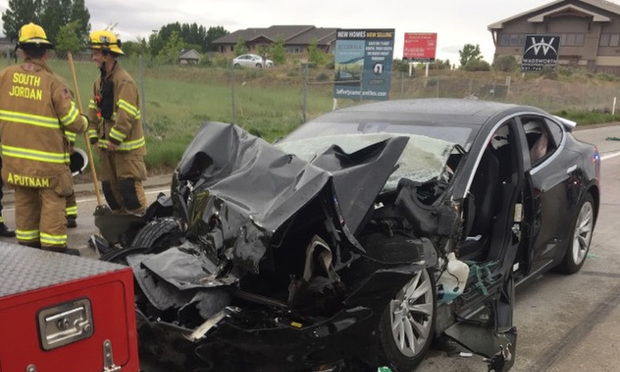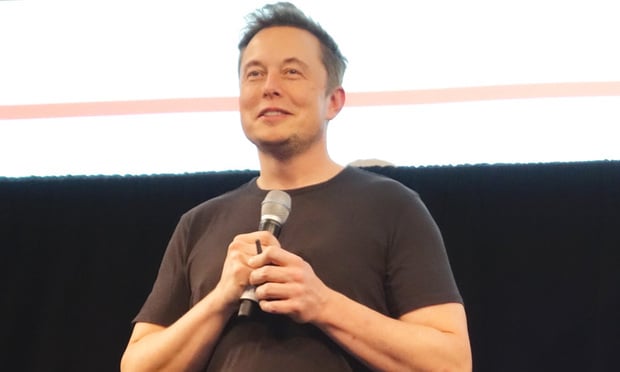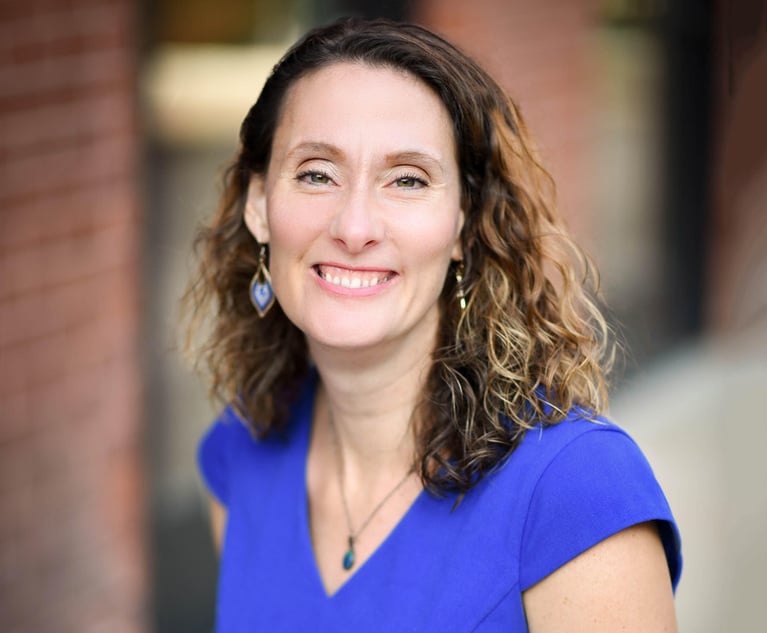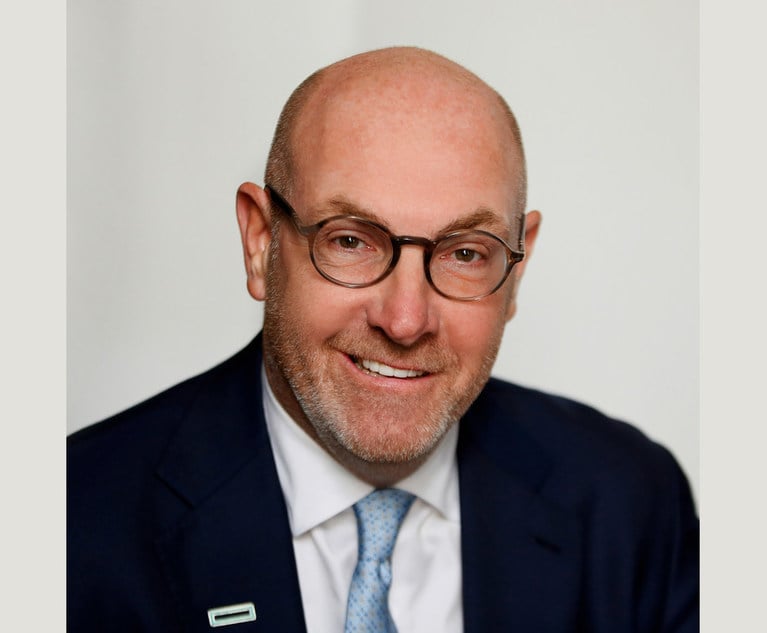In Ralph Nader’s groundbreaking 1965 book, “Unsafe at Any Speed,” Nader exposed automobile manufacturers’ reluctance to implement new safety features and their reluctance to spend profits on improving automobile safety. The public outcry and the Senate hearings that followed the publication of Nader’s book led to seismic changes in automobile safety in the United States, including the creation of the U.S. Department of Transportation and the National Highway Traffic Safety Administration (NHTSA). Tesla’s Full Self-Driving Capability poses perhaps the biggest challenge to automobile safety regulators since the publication of Nader’s book in 1965.
Social media sites and the media are replete with images of Tesla owners sleeping, playing the ukulele, checking cellphone messages, or even having sex as their Teslas travel down the roadways with no human control, whatsoever. It’s difficult to believe that Tesla’s actions have played no role in contributing to these misuses of Tesla’s automated driving system. Tesla seems to want to have it both ways. On the one hand, Tesla consistently hypes the self-driving capabilities of its cars, Tesla calls its self-driving system “Autopilot,” and Tesla has marketed its cars as “Full Self-Driving” since 2016. On the other hand, Tesla’s own fine print and Tesla’s representations to regulators tell a very different story. Tesla has warned drivers that its cars’ advanced features “require active driver supervision and do not make the vehicle autonomous.” In correspondence with the California Department of Motor Vehicles in December 2020, a Tesla lawyer admitted that Tesla’s Full Self-Driving Capability (FSD) is not actually capable of self-driving a Tesla, in spite of its moniker. The lawyer noted that, “there are circumstances and events to which the system is not capable of recognizing or responding,” and that “these include static objects and road debris, emergency vehicles, construction zones, large uncontrolled intersections with multiple incoming ways, occlusions, adverse weather, complicated or adversarial vehicles in the driving path, (and) unmapped roads.” The lawyer conceded to the California DMV what Tesla’s critics already have consistently trumpeted, namely that “neither Autopilot nor FSD Capability is an autonomous system.”


 FILE – In this May 11, 2018, file photo, released by the South Jordan Police Department shows a traffic collision involving a Tesla Model S sedan with a fire department mechanic truck stopped at a red light in South Jordan, Utah. Heather Lommatzsch, the Utah driver who slammed her Tesla into the stopped firetruck at a red light while using the vehicle’s semi-autonomous function, is suing the company. (South Jordan Police Department via AP, File)
FILE – In this May 11, 2018, file photo, released by the South Jordan Police Department shows a traffic collision involving a Tesla Model S sedan with a fire department mechanic truck stopped at a red light in South Jordan, Utah. Heather Lommatzsch, the Utah driver who slammed her Tesla into the stopped firetruck at a red light while using the vehicle’s semi-autonomous function, is suing the company. (South Jordan Police Department via AP, File)




